Archimedes Screw CFD Simulation Using Sliding Mesh – ANSYS Fluent Training
Archimedes Screw CFD Simulation Using Sliding Mesh – ANSYS Fluent Training
- Upon ordering this product, you will be provided with a geometry file, a mesh file, and an in-depth Training Video that offers a step-by-step training on the simulation process.
- For any more inquiries regarding the product, please do not hesitate to reach out to us at info@CFDLAND.com or through our online support assistant.
€175 Original price was: €175.€150Current price is: €150.
This comprehensive tutorial covers detailed Archimedes screw modeling techniques for accurate performance prediction in various applications. Archimedes screws have been used for centuries as efficient water lifting devices and more recently as hydropower generators in low-head installations. The helical blade design creates partially filled chambers that move water upward during rotation, achieving remarkable hydraulic efficiency of 70-85% across different operating conditions. Engineers designing Archimedes screw pumps must carefully balance critical parameters including blade angle, screw pitch, outer diameter, inner shaft diameter, and rotation speed to maximize performance. Modern screw generators for micro-hydropower applications require precise geometry optimization to handle variable flow rates while maintaining high efficiency. The Archimedes turbine variation works in reverse, converting flowing water’s potential energy into rotational mechanical energy with minimal environmental impact – perfect for low-head hydropower sites where conventional turbines perform poorly. Our detailed simulation captures these complex interactions between the rotating helical blades and water flow, providing engineering insights into optimal screw design for both pumping and power generation applications.
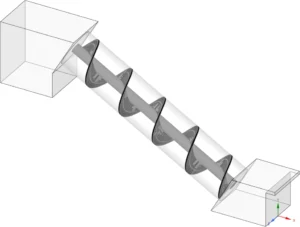
Figure 1: Geometry model of Archimedes Screw
Simulation process
Our Archimedes screw model was created in ANSYS SpaceClaim with careful attention to the helical blade geometry. We designed a realistic system with five complete turns of the screw blade mounted on a central shaft, all housed within a cylindrical trough. After importing this geometry into ANSYS Meshing, we generated a mesh. For the physics setup, we implemented a multiphase Volume of Fluid (VOF) approach to track the water-air interface with explicit interface capturing. The critical aspect of this simulation was implementing the Sliding Mesh technique, which creates separate mesh zones for the rotating screw and stationary trough. These zones exchange information across their interface at each timestep while maintaining different reference frames, allowing the screw to physically rotate through the domain while the outer trough remains fixed.
Post-processing
Multiple counter-rotating vortices form between each blade section! The streamlines in the first image show flow velocities ranging from 0 to 1.88 m/s, with most intense activity happening in the narrow passages between blade edges and the outer trough. Each blade section creates its own distinct flow pattern with strong recirculation zones forming in the middle of each pocket. These vortices help push water upward while preventing backflow – the fundamental mechanism behind the screw’s pumping action. The blade design forces water to follow helical paths upward instead of falling back down. Flow speeds remain relatively low (below 0.94 m/s) throughout most of the domain, explaining why these devices handle sensitive materials like live fish without causing damage.
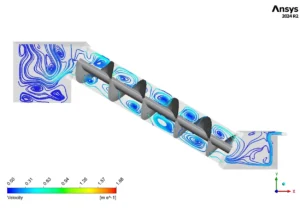
Figure 2: Flow Patterns Around Screw Blades
The velocity field reveals dramatic speed differences between blade sections! Looking at Figure 3, flow accelerates to nearly 1.39 m/s in the narrow passages between blades, while maintaining slower velocities in pocket centers. This speed differential creates the pressure gradient that drives water upward against gravity. Figure 3 shows the water volume fraction at 2.72 seconds into the simulation, revealing how the screw maintains consistent water-filled pockets throughout its length. The gradual transition from dark blue to lighter shades at air-water interfaces shows realistic surface tension effects captured by the VOF model. Notice how water completely fills the lower section while maintaining distinct pockets higher up – exactly matching real-world operation where lower flights remain submerged while upper sections transport discrete water packages.
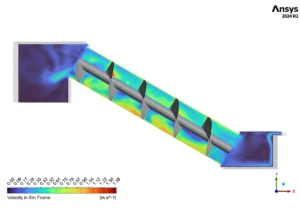
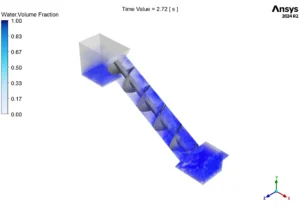
Figure 3: Velocity Field and Water Volume Distribution
We pride ourselves on presenting unique products at CFDLAND. We stand out for our scientific rigor and validity. Our products are not based on guesswork or theoretical assumptions like many others. Instead, most of our products are validated using experimental or numerical data from valued scientific journals. Even if direct validation isn’t possible, we build our models and assumptions on the latest research, typically using reference articles to approximate reality.
Yes, we’ll be here . If you have trouble loading files, having technical problems, or have any questions about how to use our products, our technical support team is here to help.
You can load geometry and mesh files, as well as case and data files, using any version of ANSYS Fluent.
€235 Original price was: €235.€175Current price is: €175.

€180 Original price was: €180.€155Current price is: €155.

€190 Original price was: €190.€165Current price is: €165.

€195 Original price was: €195.€150Current price is: €150.

€210 Original price was: €210.€155Current price is: €155.

€245 Original price was: €245.€199Current price is: €199.



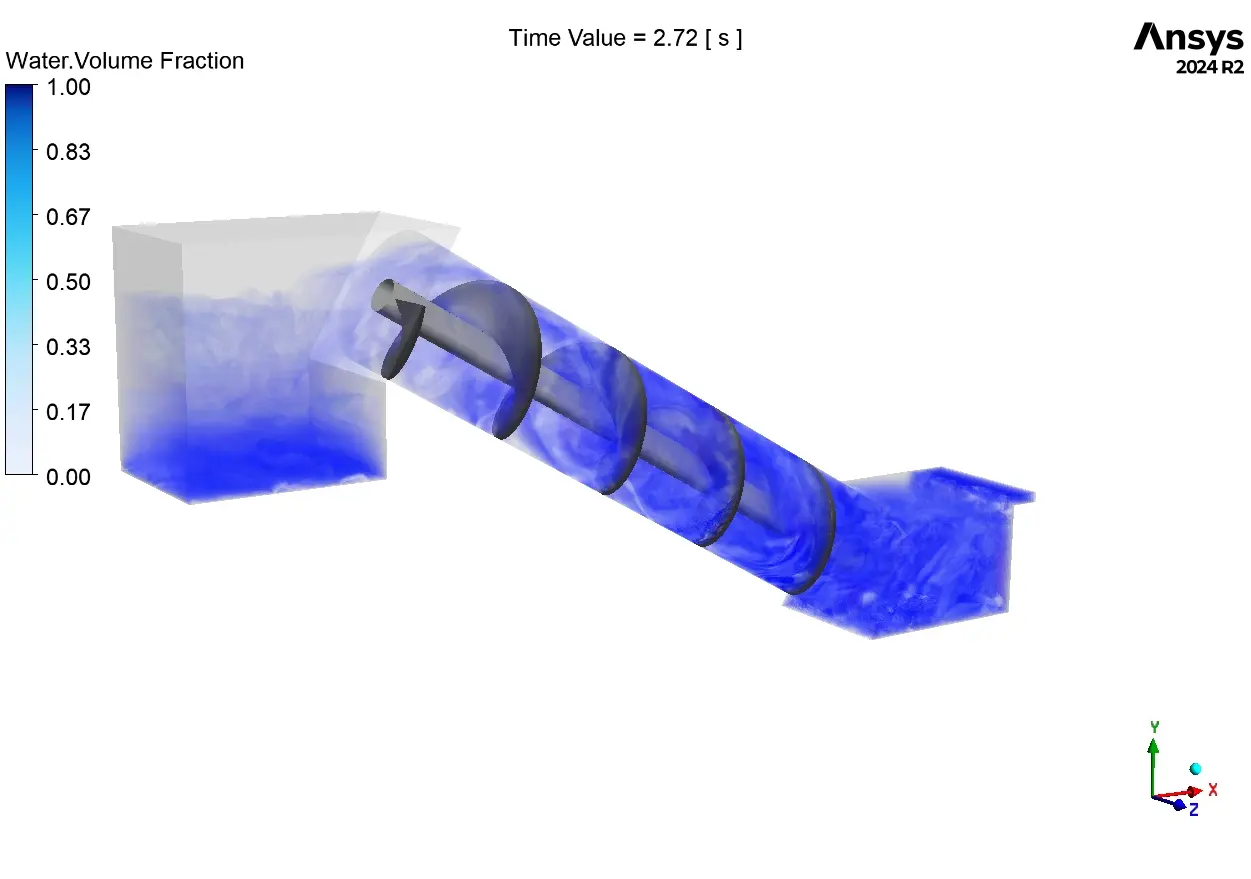
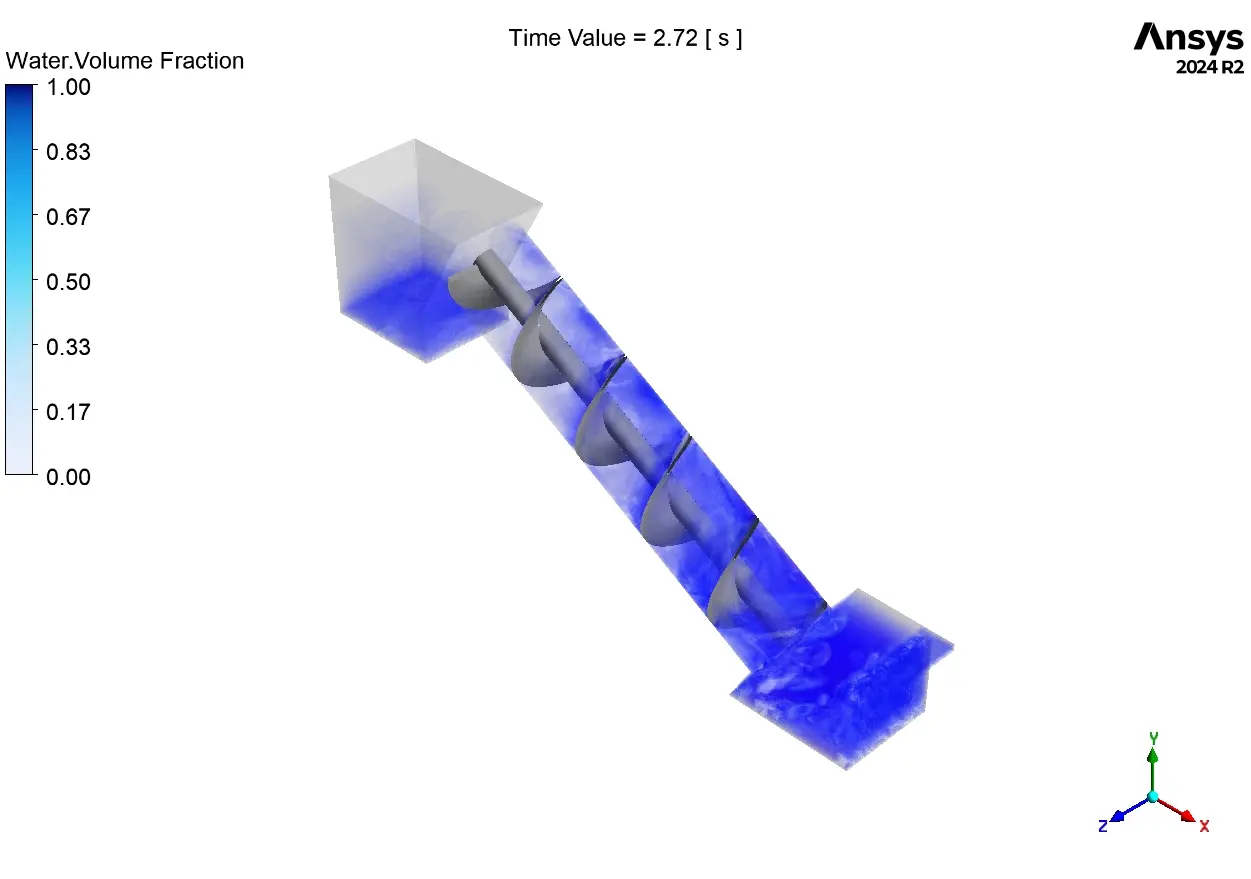
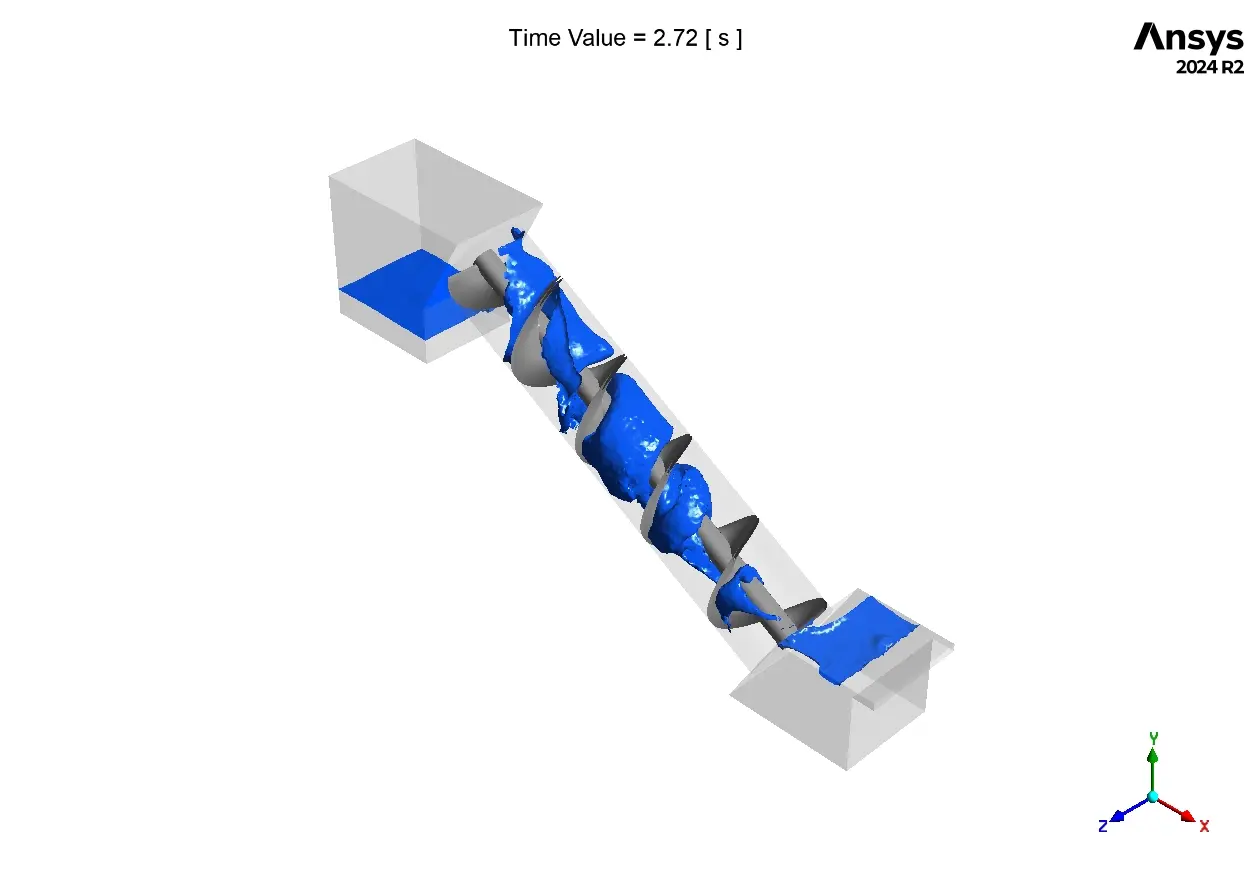
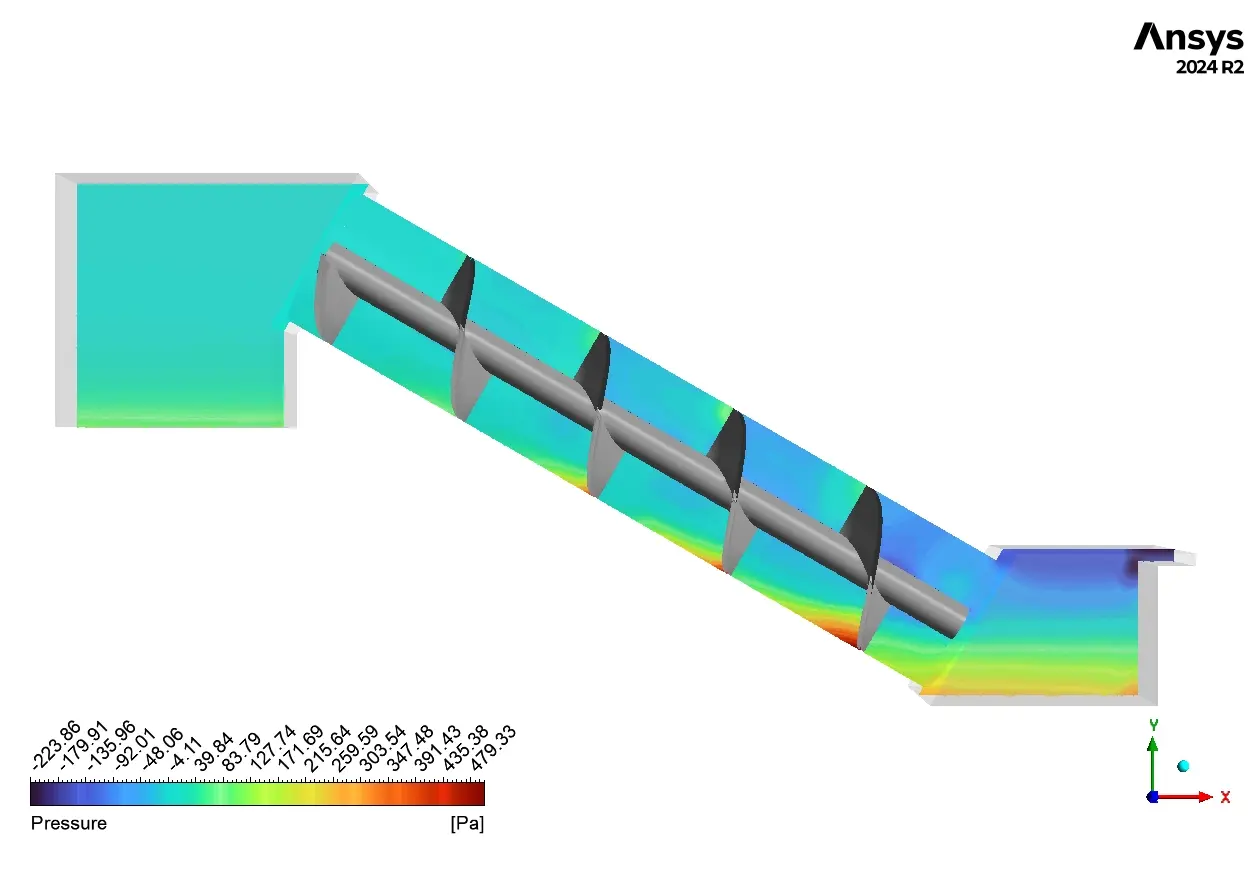
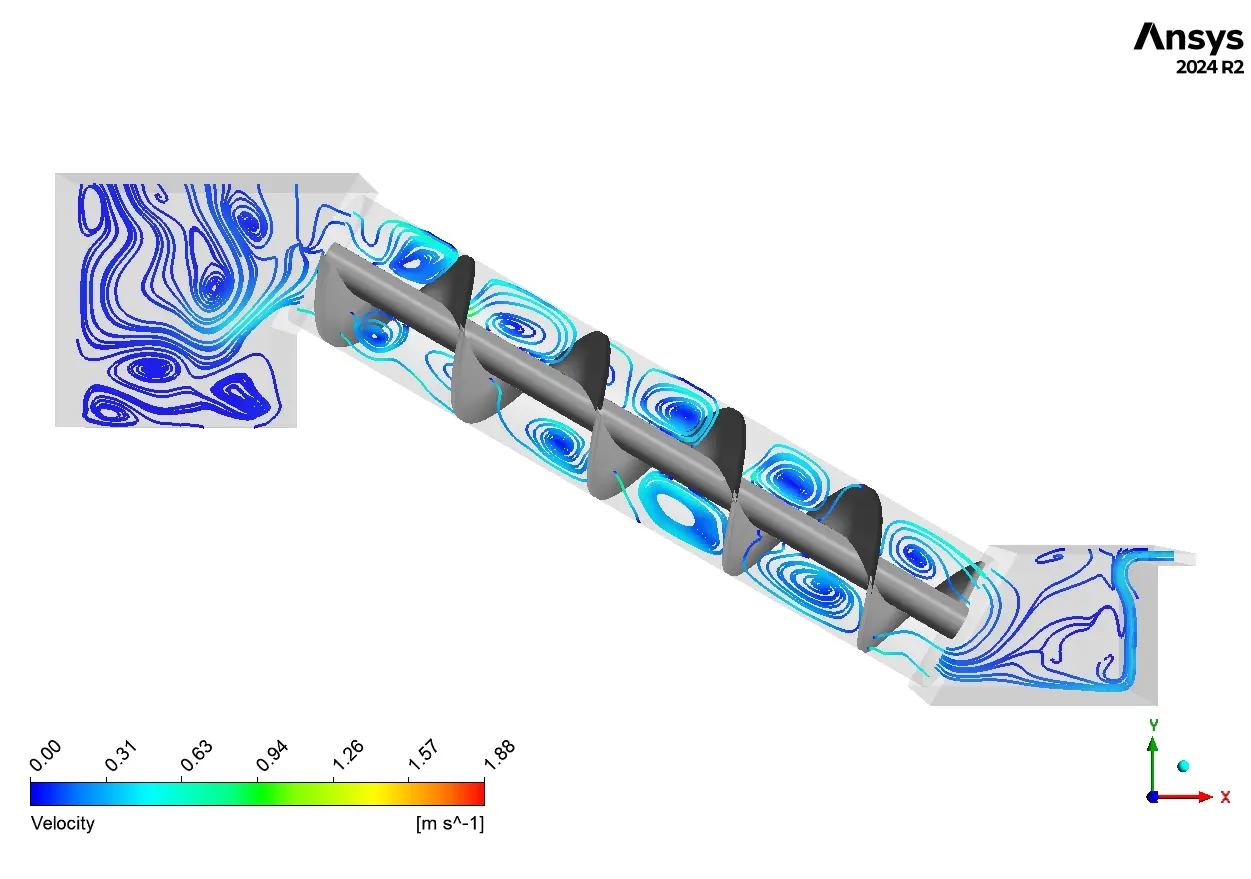
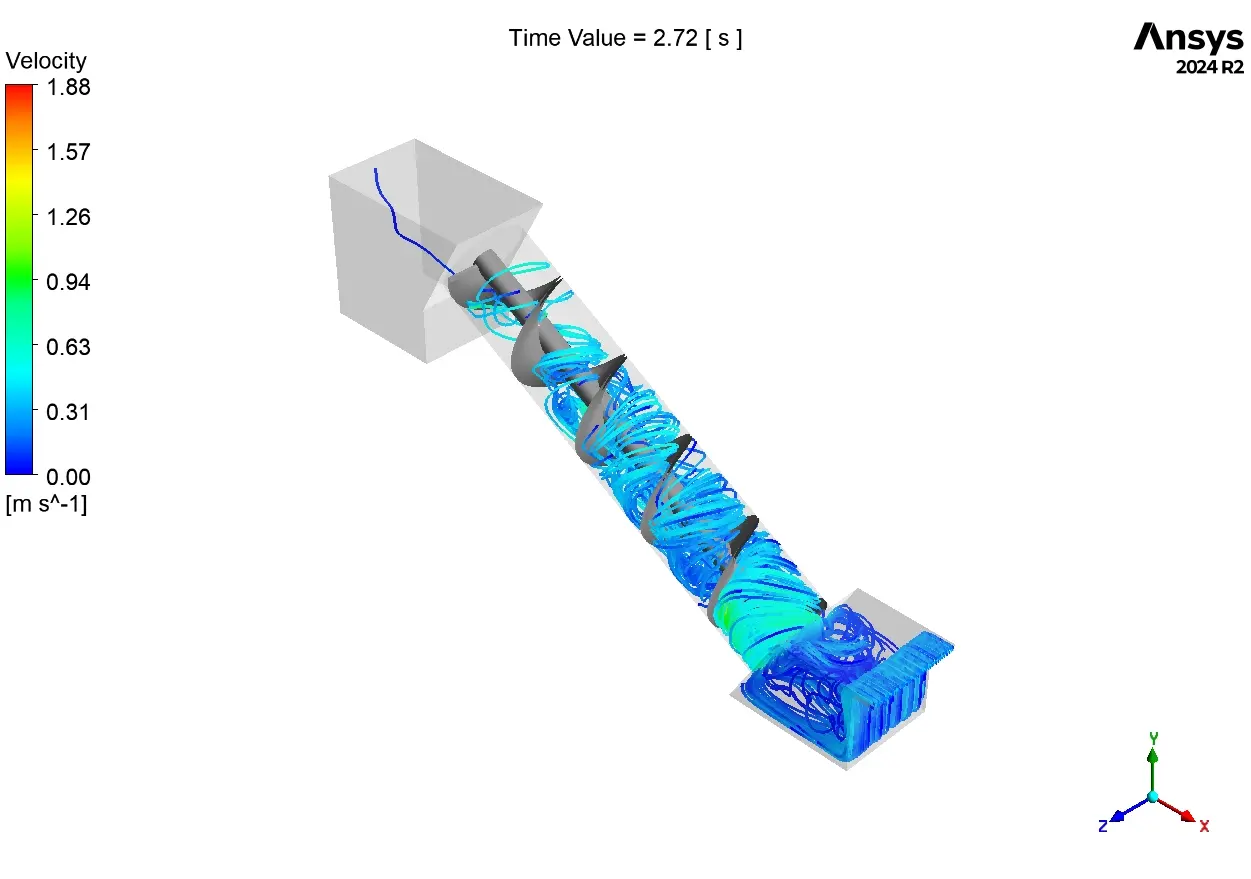
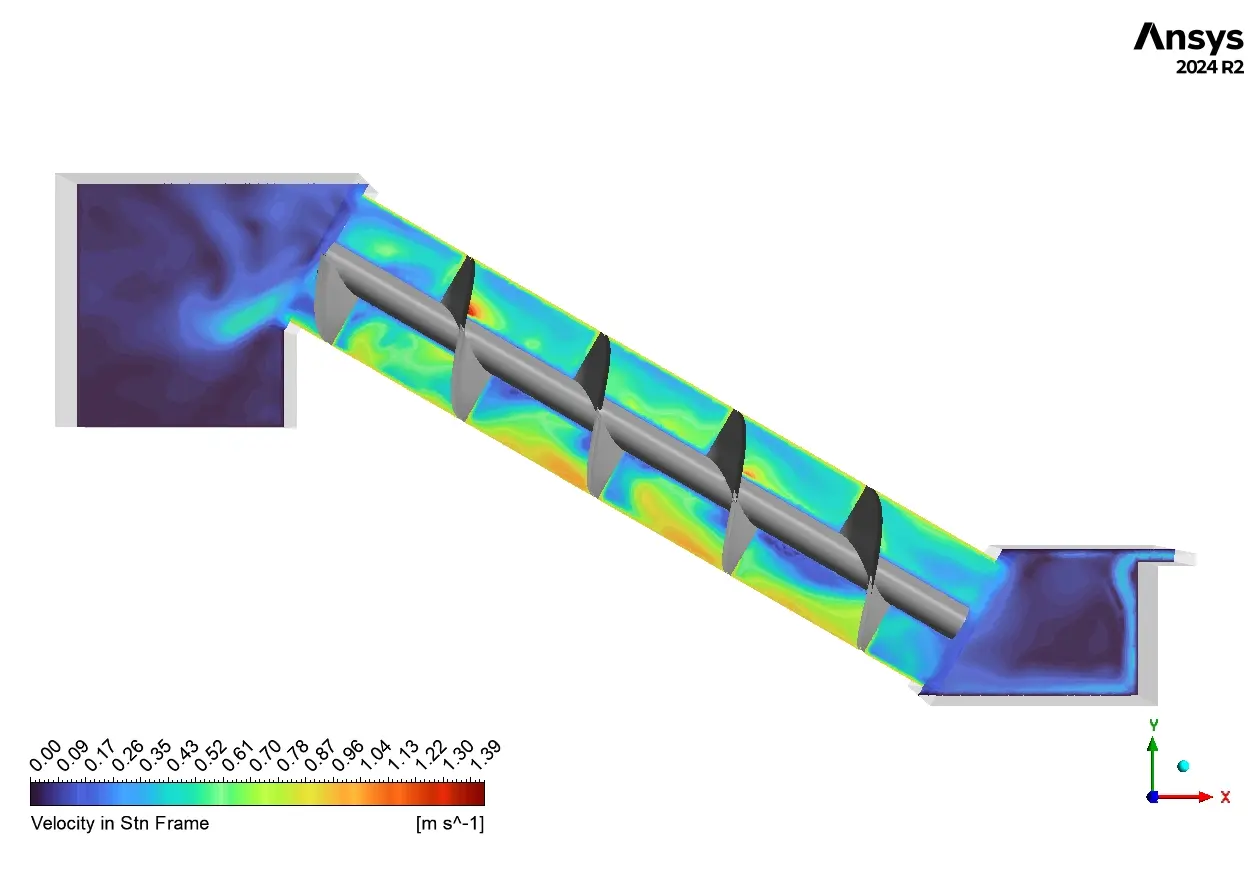





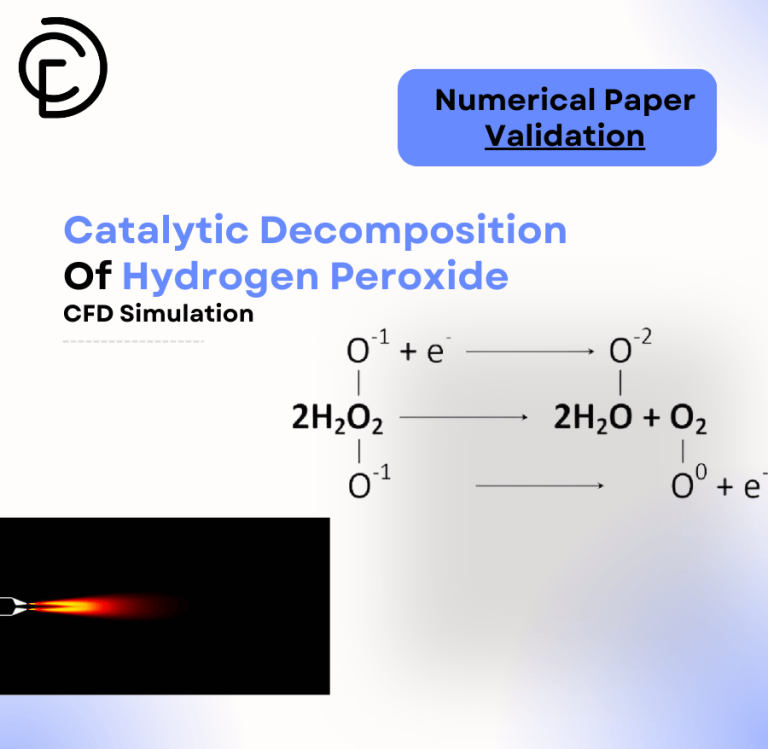
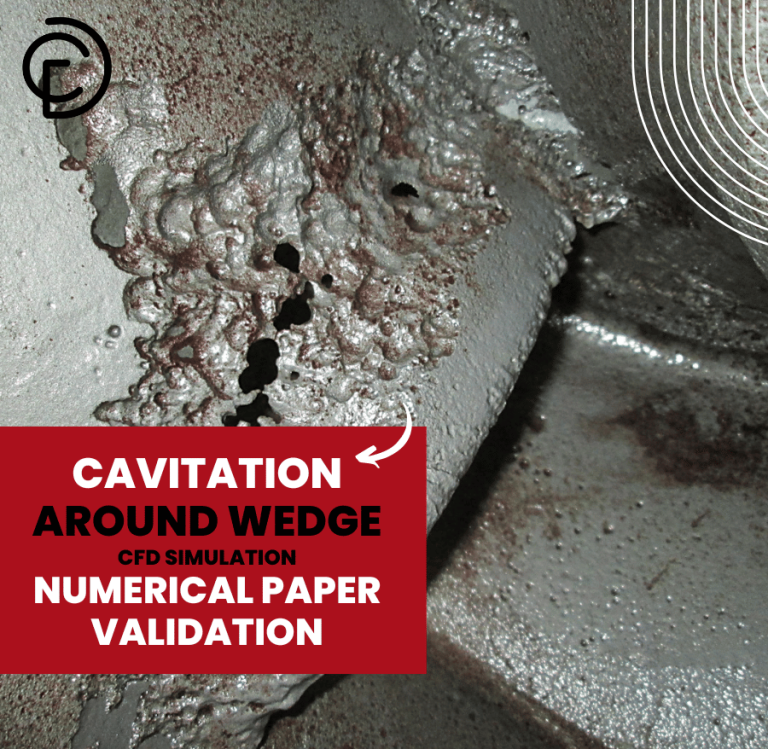

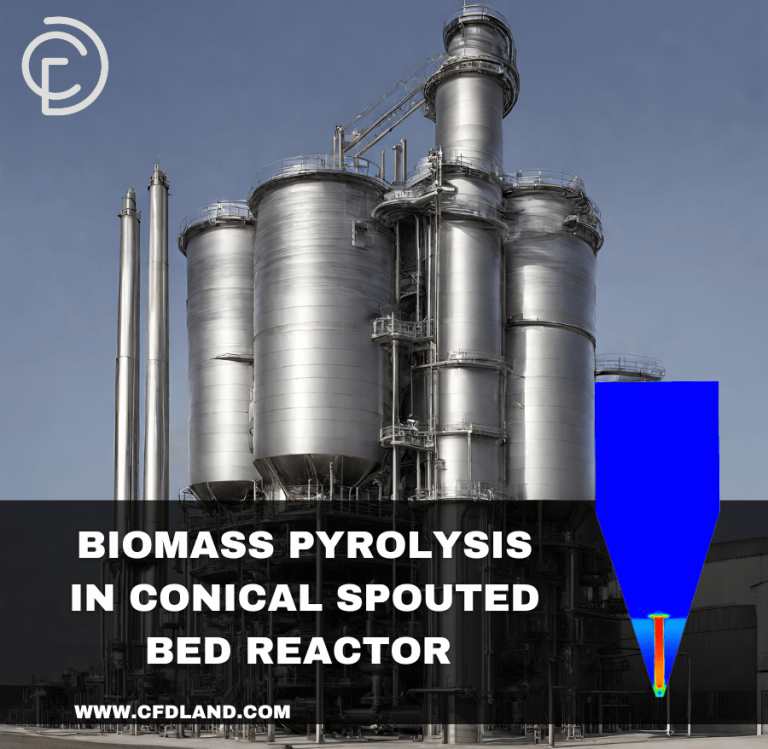
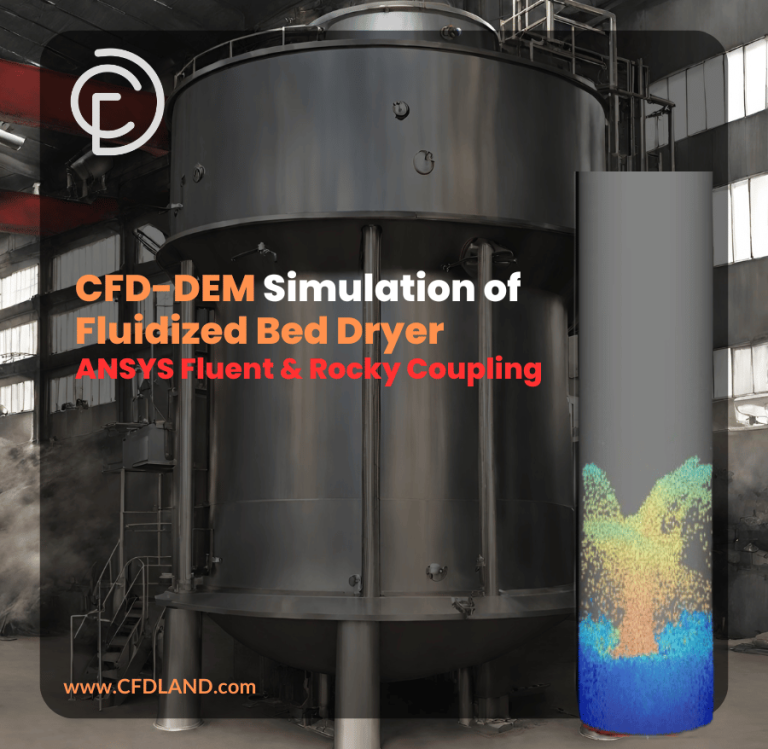
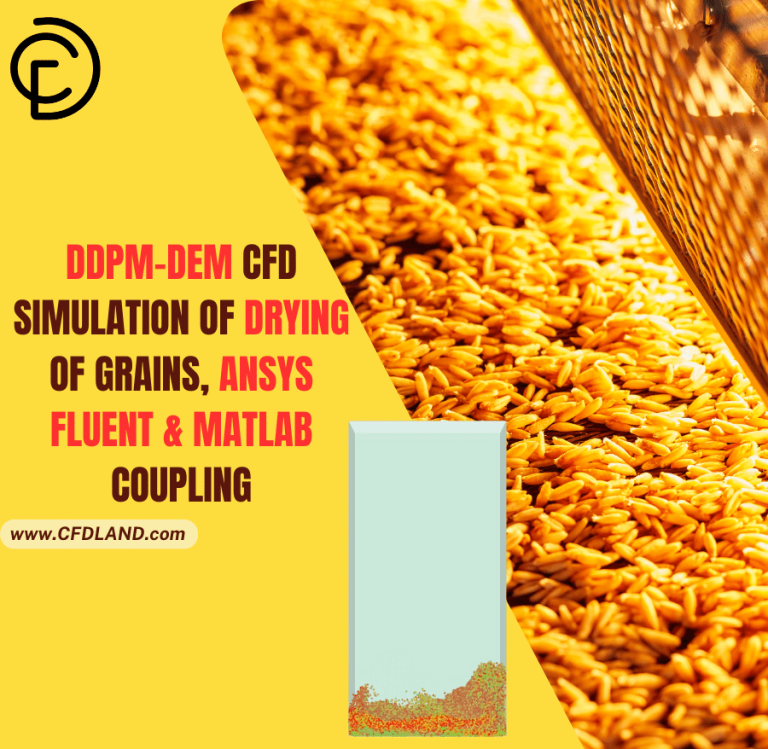
Reviews
There are no reviews yet.